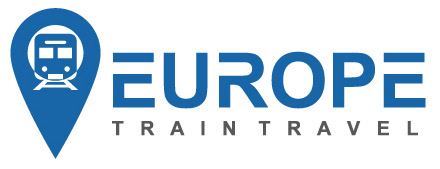Why to travel by train
Travelling by train is much more than simply transporting from one place to another. It is this feeling, leaving every meter of the distance behind you. It is this feeling being out there, running through the world, crossing valleys and sneaking into mountains, while the scenes out of your window -still and peaceful- change every second.
Travelling by train in Europe is a unique experience. Everything is out there, cached for seconds, running away but leaving you this ‘feeling’ that you will later call memory. It is not one thing. Every landscape, every big city or small village, green valley or rough mountains you cross has something to give you. It helps you create your own impression of each country. How different does the nature look like here? How do people live in all these small villages? What do all these fields hide under the ground? What will people make with the harvest of these fields? Where is this old man in the middle of this endless valley biking to?
No one will answer all those questions that, but you have all the time to create your own stories while the train takes you further.
~ * ~
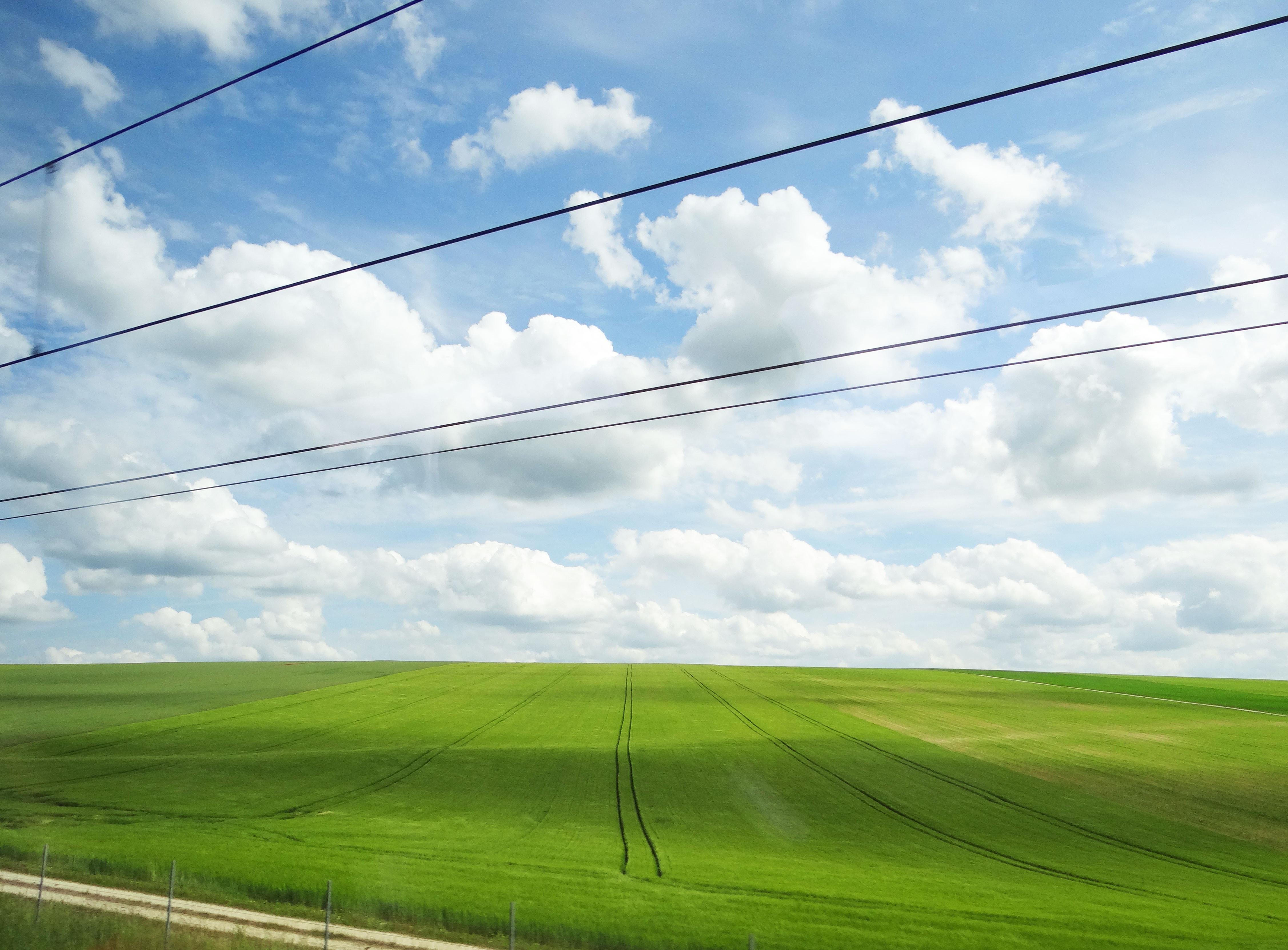
How did you like the romantic version of why to travel by train?
If we got you excited, this is not where it ends. There are many practical reasons why traveling by train is a great way to explore Europe.
1) It is usually cheaper.
Airlines tend to lower their prices and make flights sound cheaper but there are many tricks and underlying costs. Most of the times, to get those advertised low prices you have to book months in advance. Then, may you realize that you have to pay extra for your luggage, seat reservation and the transport to the city. Since the airports are usually located to a fair distance from the city, the transportation to and from the airport can be quite expensive. On the other side, train fares are clear from the very beginning and rarely have luggage limitations.
2) You might be eligible for discounts.
Most train companies offer discounts to youth, students and seniors. Children may even be free. There are also special offers for groups, families, regional trips, rail passes and discounted deals.
3) You arrive to the heart of a city.
In Europe, the central train station of a city is located in the very center of the city, surrounded by caffés, restaurants, hostels and hotels. Therefore, you will not need to spend more money or time to get to your destination. Start exploring straight away!
4) Flexibility.
Did you like the city so much that you would like to stay longer? Was the time you stayed not enough to do all the things you dreamed to do? Would you like to leave earlier? Did you make new friends and you want to change the next destination? Why do not you change your plans last minute? Regular train tickets can be changed for a small fee while rail passes allow you jump on and off any train you want, anytime (unless if a seat reservation is required, which most times can be booked on the spot too).
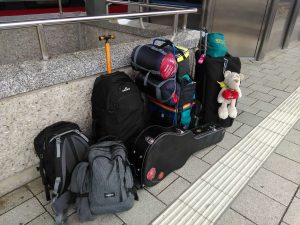
Travel as ‘light’ as you want..!

6) It’s simple: No special regulations, tolls, fuel costs, parking restrictions and car rentals extra fees.
Do you consider traveling by car? Keep in mind that this might be more expensive and not as convenient as you thought. In Europe, there are tolls that you have to pay when crossing some borders, entering some cities, using highways or crossing bridges. Each country has different rules and prices (For example, you need a special pass to drive from Switzerland to Austria and the fines are high if you do not have it). Car rentals may charge you more if you intend to cross borders, if you want extras or even for insurance (especially if you are considered a ‘young driver’). Then, parking inside the city can be really expensive, especially in North Europe. The fines for illegal parking can also be high. Moreover, getting lost or being stuck in a city’s peak hour traffic will cost you time, fuel and…patience!
7) The adventure starts with the first roll of the train.
Avoid all those time-consuming customs and line-ups, waiting times at the gates and flying in circles above a city waiting for the landing permission. When travelling by train, you can make the most out of your time and go to the station just before your train departure time. Then, you just hop on the train and you are off to the next adventure.
8) Time to relax.
When travelling by train you can get to your destination relaxed. Use the time you travel to get your thoughts together and make your plans. Do not underestimate the fact that you will have some time to “just look out of the window”. Take your time to leave everyday routine and stress behind you and find your travel mood.

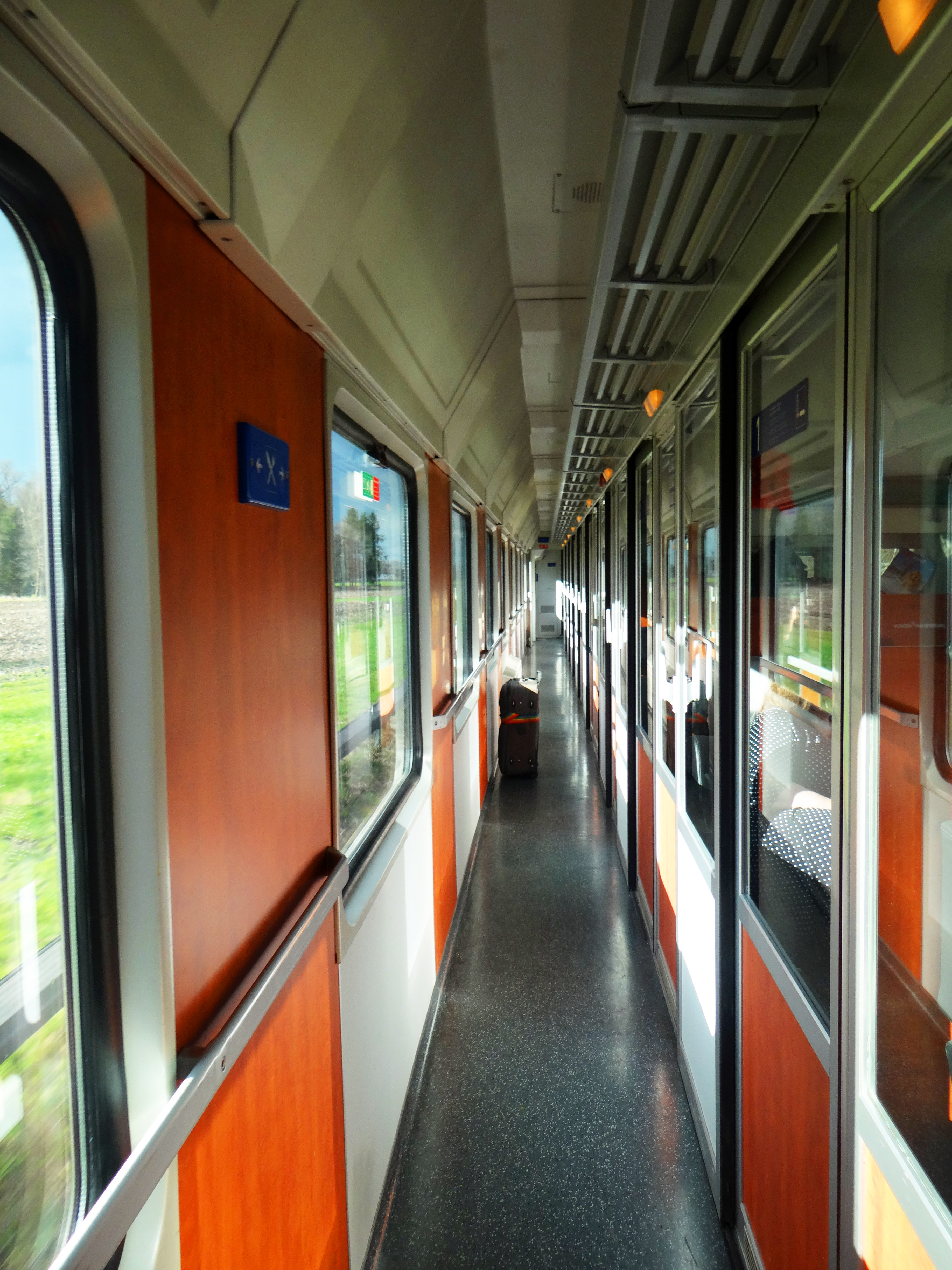
Trains in Europe
While researching travel routes and train options, you will come across many different types of trains. Having an idea of what each train type is will help you understand your options better. Here are the main types of trains that you will see:
Regionar trains
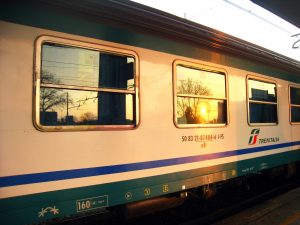 Regional trains connect from small villages to big cities. They are the local trains that take you to the suburbs and the towns around a city, connect bigger cities and have many intermediate stops. They need longer to cover a distance and there is no seat reservation option. They are usually the cheapest option and as a rail pass holder you can use them freely (no seat reservation required). They also participate in most local deals. Many times, “R” or “Re” next to the train number indicates that this is a regional train.
Regional trains connect from small villages to big cities. They are the local trains that take you to the suburbs and the towns around a city, connect bigger cities and have many intermediate stops. They need longer to cover a distance and there is no seat reservation option. They are usually the cheapest option and as a rail pass holder you can use them freely (no seat reservation required). They also participate in most local deals. Many times, “R” or “Re” next to the train number indicates that this is a regional train. High speed trains
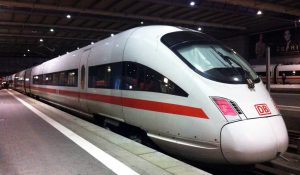 The purpose of high-speed trains is to cover large distances and connect main cities. These trains won’t have as many stops and they will develop high speed on the way (even above 300 km/h). They provide higher level of comfort and most of them have an on-board restaurant or bistro. They are usually more expensive, however they also have offer tickets available, depending on the demand (the earlier you book it or the less popular the route, the lower the price you can get). If you are traveling with a rail pass, many of them will require a seat reservation. Some of the most popular high-speed trains of Europe are: Intercity (IC) Intercity Express (ICE) Eurocity (EC) TGV (in France) Alta Velocità (AV) Frecce (in Italy) SJ (in Sweden) Alfa Pendular (Portugal) Altaria, Alvia, AVE, Euromed (Spain)
The purpose of high-speed trains is to cover large distances and connect main cities. These trains won’t have as many stops and they will develop high speed on the way (even above 300 km/h). They provide higher level of comfort and most of them have an on-board restaurant or bistro. They are usually more expensive, however they also have offer tickets available, depending on the demand (the earlier you book it or the less popular the route, the lower the price you can get). If you are traveling with a rail pass, many of them will require a seat reservation. Some of the most popular high-speed trains of Europe are: Intercity (IC) Intercity Express (ICE) Eurocity (EC) TGV (in France) Alta Velocità (AV) Frecce (in Italy) SJ (in Sweden) Alfa Pendular (Portugal) Altaria, Alvia, AVE, Euromed (Spain) Night trains
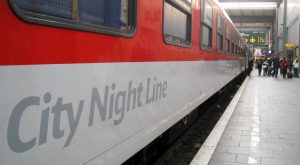 Slipping quietly through the night, crossing countries and carrying sleeping passengers to their desti- nation. Night trains are a good way to save time, money on accomodation and make the most out of your days while covering the long distances during the night. They offer different seating and sleeping options, from inclined seats to compartments with beds. Not all of them have on-board food options. The tickets range from offer tickets to quite expensive double rooms. A seat reservation for rail pass holders is mandatory. At high seasons and weekends they can be fully booked, so check the availability and book in advance.
Slipping quietly through the night, crossing countries and carrying sleeping passengers to their desti- nation. Night trains are a good way to save time, money on accomodation and make the most out of your days while covering the long distances during the night. They offer different seating and sleeping options, from inclined seats to compartments with beds. Not all of them have on-board food options. The tickets range from offer tickets to quite expensive double rooms. A seat reservation for rail pass holders is mandatory. At high seasons and weekends they can be fully booked, so check the availability and book in advance. International trains
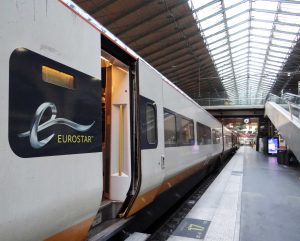 International trains cross the borders and connect neighboring countries. They are usually common high speed trains or night trains. Depending on the train and the route, they have more or less intermediate stops and develop speed accordingly. On-board you can usually find a restaurant or bistro. Their standard price can be high but they usually offer tickets at a lower price depending on the demand. Seat reservation for rail pass holders is required. At high seasons and weekends they can be fully booked, so check the availability and book in advance. Some of the most popular international train connections are: Eurostar (ES): Belgium – France – Great Britain InterCity Express (ICE): Belgium – the Netherlands – Germany – Switzerland – Denmark – France Railjet (RJ): Austria – Germany – Switzerland – Hungary Renfe – SNCF: Spain – France SJ: Sweden – Denmark TGV: Belgium – Italy – Germany – Spain – Switzerland – Luxembourg – France TGV Lyria: Switzerland – France Thalys: Belgium – the Netherlands – Germany – France
International trains cross the borders and connect neighboring countries. They are usually common high speed trains or night trains. Depending on the train and the route, they have more or less intermediate stops and develop speed accordingly. On-board you can usually find a restaurant or bistro. Their standard price can be high but they usually offer tickets at a lower price depending on the demand. Seat reservation for rail pass holders is required. At high seasons and weekends they can be fully booked, so check the availability and book in advance. Some of the most popular international train connections are: Eurostar (ES): Belgium – France – Great Britain InterCity Express (ICE): Belgium – the Netherlands – Germany – Switzerland – Denmark – France Railjet (RJ): Austria – Germany – Switzerland – Hungary Renfe – SNCF: Spain – France SJ: Sweden – Denmark TGV: Belgium – Italy – Germany – Spain – Switzerland – Luxembourg – France TGV Lyria: Switzerland – France Thalys: Belgium – the Netherlands – Germany – France 